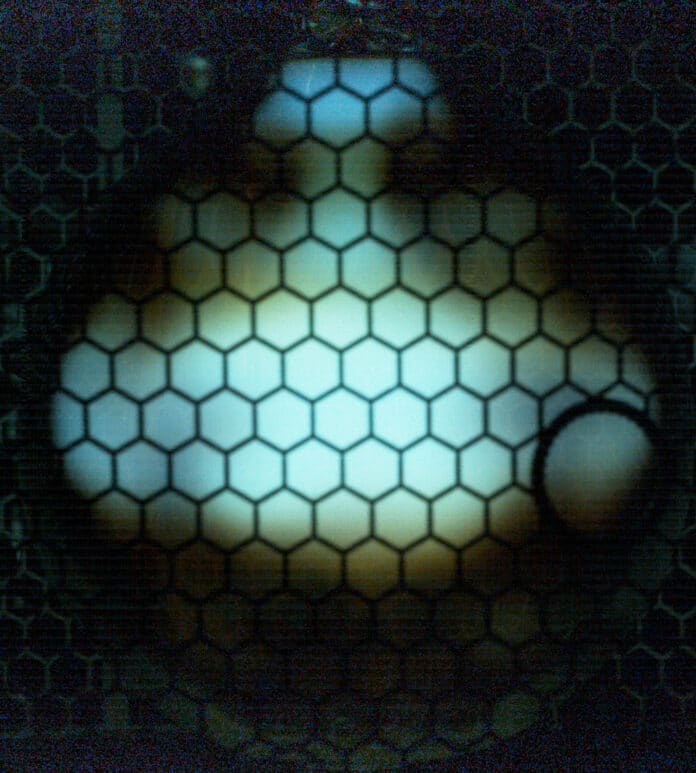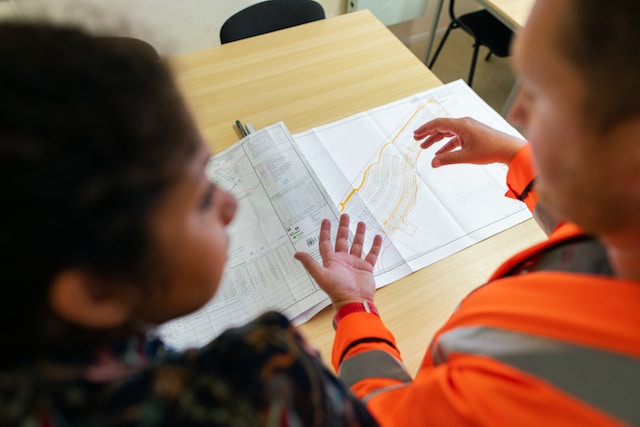While modeling space events inside laboratories, scientists always face difficulty because of Earth’s gravity. That’s because Experiments conducted in laboratories on Earth are affected by gravity…making it difficult to replicate the conditions in space.
In this new study, UCLA scientists successfully reproduced the type of gravity that exists on or near stars and other planets. They created gravity inside a glass sphere measuring 3 centimeters in diameter (about 1.2 inches). Despite the ball’s small size, it simulates key forces surrounding giant planets and stars.
But how they managed to create gravity?
For generating a spherical gravitational field, researchers used sound waves as a substitute for gravitational forces. Researchers produced sound waves by heating the sulfur gas inside the ball up to a temperature of 5,000 °F (2,760 °C). Consequently, sound waves acted like an extremely strong gravitational pull, generating currents in the hot, weakly ionized gas (or plasma). It caused plasma convection. This process results in a fluid current, producing a magnetic current.
Scientists successfully achieved a gravity field about 1,000 times stronger than Earth’s gravity, using microwave-generated sound.
Seth Putterman, a UCLA physics professor and the study’s senior author, said, “People were so interested in trying to model spherical convection with laboratory experiments that they put an experiment in the space shuttle because they couldn’t get a strong enough central force field on the ground. We showed that our system of microwave-generated sound produced gravity so strong that Earth’s gravity wasn’t a factor. We don’t need to go into space to do these experiments anymore.”
Researchers foresee this research would help ensure the safety of astronauts during space missions and in the proper operation of satellites.







